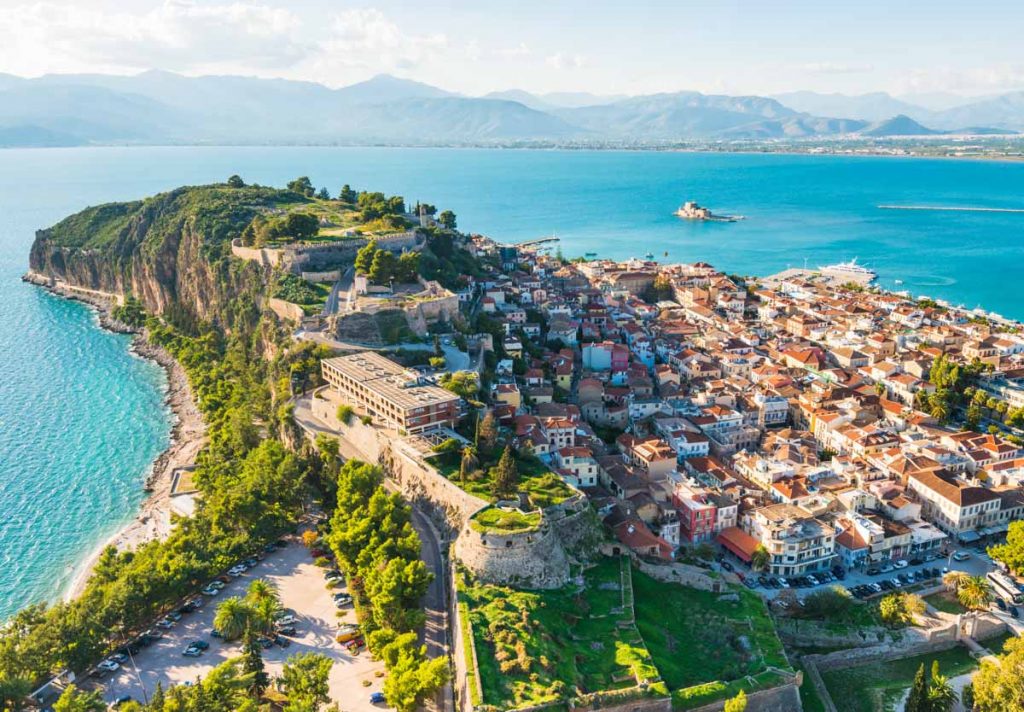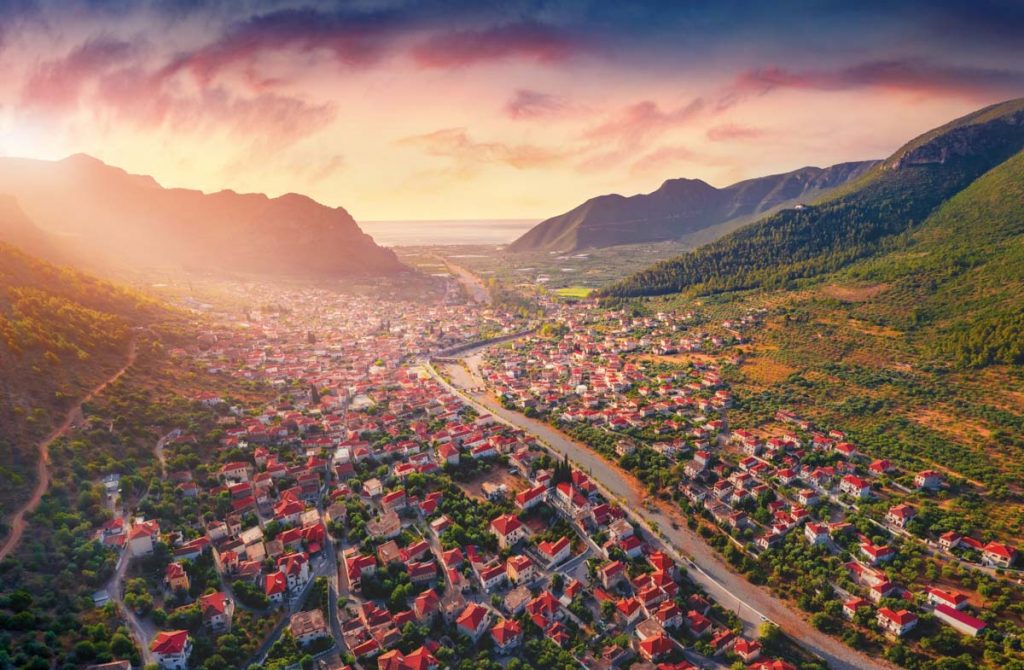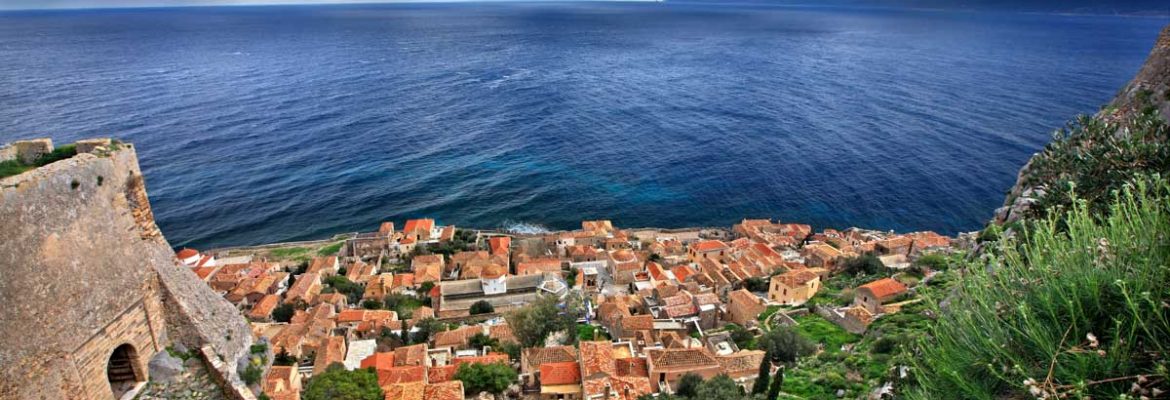The Eastern coast of the Peloponnese makes an excellent roadtrip in the springtime. Just under 200 km, it’s not at all a demanding journey, but drivers will want close to four hours for the full distance. Much of the winding road hugs the coastline, making for stunning views of the Argolic Gulf.
A Perfect, Scenic Route
Easter is an especially rewarding time for visitors to have an authentic Greek experience, and this route offers several. Here are our proposals for a scenic Easter road trip down the Peloponnesian coast.
Historic, Elegant Nafplio
 Nafplio is the perfect starting point for this journey. The elegant seaside town was actually the first capital of Greece, and has much to see. The large central plateia – Syntagma Square – is among Greece’s finest, lined by several points of interest: the building that housed the first Greek Parliament, and the Old Mosque, as well as the Archaeological Museum.
Nafplio is the perfect starting point for this journey. The elegant seaside town was actually the first capital of Greece, and has much to see. The large central plateia – Syntagma Square – is among Greece’s finest, lined by several points of interest: the building that housed the first Greek Parliament, and the Old Mosque, as well as the Archaeological Museum.
Nafplio’s Easter customs are lovely, and they begin Holy Week, with Lazarus Saturday. Women bake Lazarakia – “little Lazaruses”. These are small sweet buns in the shape of a man in a shroud. Then they circulate singing Lazarus carols. The Good Friday procession is also one of the most moving, with the Epitaphs of two churches – one accompanied by the philharmonic, and the other accompanied by a choir. With crowds of faithful joining the procession, each holding a candle, the atmosphere is very special.
Luminous Leonidio

The next stop down the coast, after passing through the charming seaside villages of Myloi and Astros, is Leonidio. Climbers flock to this village, which has a dramatic mountainous setting. The village itself is known for its well-preserved traditional stone architecture. Easter is spectacular here. On the night of the Resurrection (the eve of Easter Sunday) the heavens are aglow from the light of 1,000 hot air balloons, hand-crafted from reeds and paper. Good Friday glows, too – with many tiny lanterns made out of bitter oranges. Easter Sunday, there is a municipal feast in the gardens of the Town Hall, with spit-roasted meat. As the celebrations continue, women in folk costume and men in foustanellas – the kilt-like garment of the revolutionary fighters, dance traditional dances.
Magnificent Monemvasia

This is one of Greece’s iconic destinations. There is really nothing like it- it’s a magical experience for visitors. Monemvasia, on the edge of the easternmost leg of the southern Peloponnese, is an immersive experience stepping back in time. This fortified town has an unusual topographical setting that makes it accessible by land just from one place. That made it easy to defend. With its enviable location on a trade route – with Sicily, especially – the town rose to prominence in the Byzantine era. It enjoyed great prosperity.
Visitors now will find an enchanting maze of little alleys winding among historic houses of golden stone. The most important church of Hagia Sophia, a 12th-century wonder. On Holy Thursday the solemn services are held at the petite 18th-century Church of Agios Nikolaos. On Good Friday, the alleys are illuminated with candles, as processions lead from the Chryssafitissa Church and Myrtidiotissa up through the ‘voltes’- the main path leading to the high part of town. The philharmonic accompanies the epitaphios as well.
The resurrection services on Easter eve are often accompanied by fireworks in most places in Greece. Not here, though – all of Monemvasia is a protected monument, and fireworks are forbidden. Therefore, one can hear the beautiful sound of everyone singing “Chistos Anesti” – “Christ is Risen”.
(Of course, there is a bit of noise on Easter Sunday, where an exception is made for the traditional burning of the effigy of Judas, at the Church of Chryssafitissa).
Easter in the Peloponnese

This road trip along a short scenic route provides a memorable experience for the traveler interested in culture and nature. In addition to seeing sights of historic interest and enjoying delicious regional specialties and wines, during Easter visitors can have a true sense of connection as they join in Greece’s most sacred and festive holiday.





